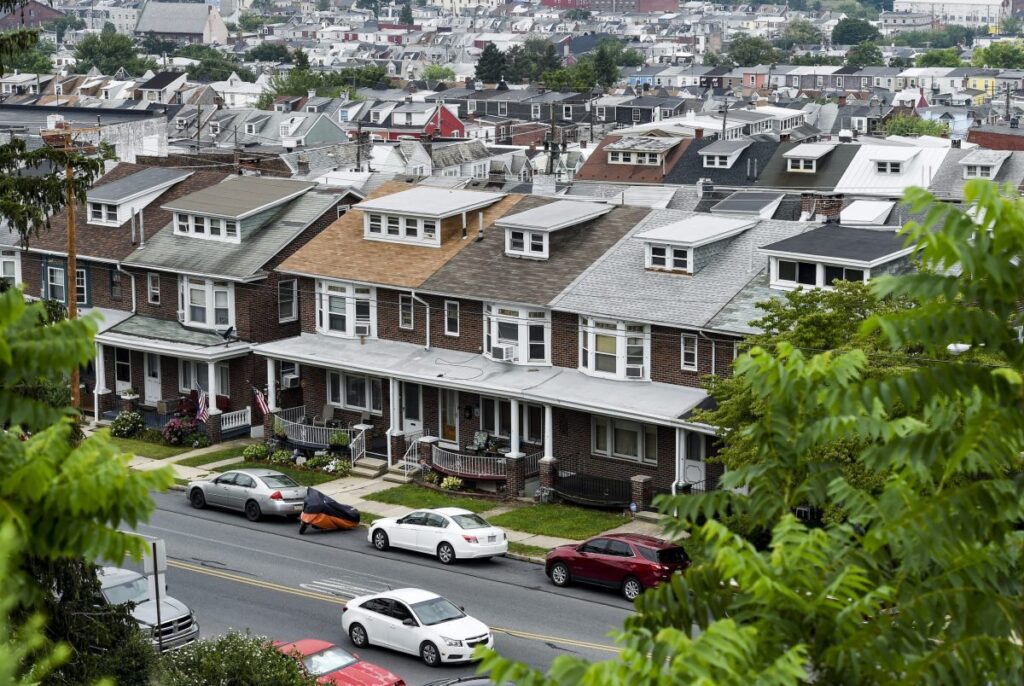Reading Time: 3 minutes
Mortgage lenders aren’t making headway on longstanding racial disparities in home lending, according to a new analysis.
The National Community Reinvestment Coalition, tapping federal data, found that Black and Latino borrowers were still receiving loans to purchase homes in 2020 at lower rates than white borrowers.
And the boom in refinancing touched off by falling mortgage rates in 2020 disproportionately benefited homeowners identifying as white, Asian Indian or Chinese, distributing unequally the benefits of lower payments.
NCRC, a nonprofit group that advocates for equity in housing, banking and business, released its report Tuesday. It noted that the national gap between Black and white homeownership rates in 2020 was worse than at any point in the 20th century, including the decades preceding anti-discrimination laws of the 1960s.
In 2020, 74% of white families were homeowners, compared with just under 45% of Black families.
“This appears to be a market failure, where it excludes certain groups perennially,” said Jason Richardson, the group’s senior director of research. “That drives a persistent racial wealth gap as well.”
The wealth gap — sharply higher net worth for typical white families than for typical Black and Latino families — is both a cause and effect of unequal homeownership by race.
From land redistributed largely to white Americans in the 1800s to redlining, displacement of communities of color for highway construction and bias in current-day lending, discrimination has had compounding effects on the assets of generations of families. That makes it harder to buy a home, a key way many families increase their net worth.
But increasing homeownership won’t by itself close the wealth gap.https://datawrapper.dwcdn.net/Lbo4T/1/
NCRC, digging into mortgage data for 2018 through 2020, found that Black home buyers had less home equity when they received their loans than all other groups: just under $27,000 on average, compared with $79,000 for white borrowers.
Meanwhile, both Black and Latino borrowers paid more upfront in mortgage costs, driven by higher reliance on government-backed loans.
“They are building wealth, but they’re not building wealth at the same rate as wealthier households and more affluent neighborhoods,” said Joshua Devine, NCRC’s director of racial economic equity.
The impact of past discriminatory policies is still baked into home values today, Richardson noted.
“This is another example of a symptom of long-term segregation,” he said.
But modern-day discrimination plays a role, too. An investigation by The Markup using the same federal data found that lenders were more likely to turn down Black, Latino, Asian-Pacific Islander and Native American applicants than similarly qualified white applicants. Black applicants were 80% more likely to be denied, the newsroom reported.
The Mortgage Bankers Association, asked to comment on the continuing homeownership gap, pointed to announcements in 2021 about efforts such as a pledge by members to “promote minority homeownership.”
“MBA believes there is a significant need and opportunity for member companies to come together to eliminate the racial inequalities that have plagued our communities for generations,” Bob Broeksmit, president and CEO of the Mortgage Bankers Association, said in a statement in October.
In 2019, a separate analysis from the Urban Institute found, white households held three-quarters of the housing wealth locked up in primary homes even though they accounted for just two-thirds of the country’s homeowners.
“The decline in black homeownership threatens to exacerbate racial inequality for decades to come,” the Urban Institute’s Housing Finance Policy Center wrote, calling for “changes across the entire housing ecosystem to address entrenched structural barriers.”
NCRC used data reported under the federal Home Mortgage Disclosure Act, which requires many lenders to share details about home loan applications, including the race and ethnicity of borrowers.
More detailed information included in the 2018-2020 data allowed NCRC to show differences within demographic groups — particularly striking for Asian applicants. For instance, 23% of borrowers identifying as Vietnamese bought homes in low- or moderate-income neighborhoods in 2020, compared with 8% of borrowers identifying as Asian Indian.
The newest data also included property values, allowing the calculations showing sharply different equity positions by race.
“Now we can put numbers behind the wealth gap in a way we never could before,” Richardson said.
















